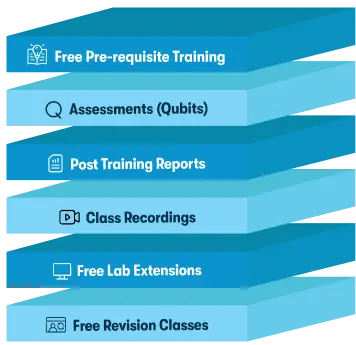We're open through the holidays to support your upskilling goals — book your session today!
We're open through the holidays to support your upskilling goals — book your session today!
Unable to find what you're searching for?
We're here to help you find itAD221 Cloud-Native Integration with Red Hat Fuse and Apache Camel Course Overview
Red Hat Fuse, based on the Apache Camel project, is a lightweight, flexible integration platform that enables rapid integration of cloud-native applications, both on-premise and in the cloud.
Camel development is organized around:
Cloud-native Integration with Red Hat Fuse (AD221) emphasizes learning architectural patterns and implementing integration services based on Apache Camel and OpenShift. Camel and Red Hat Fuse enable developers to create complex integrations in a simple and maintainable format. You will learn how to use the most common integration components in Camel and develop, test, and deploy integration focused applications on OpenShift. This course is based on Red Hat Fuse 7.10 and OpenShift 4.
Purchase This Course
USD
View Fees Breakdown
| Flexi Video | 16,449 |
| Official E-coursebook | |
| Exam Voucher (optional) | |
| Hands-On-Labs2 | 4,159 |
| + GST 18% | 4,259 |
|
Total Fees (without exam & Labs) |
22,359 (INR) |
|
Total Fees (with Labs) |
28,359 (INR) |
Select Time
Select Date
| Day | Time |
|---|---|
|
to
|
to |
Scroll to view more course dates
*Inclusions in Koenig's Learning Stack may vary as per policies of OEMs
AD221 Cloud-Native Integration with Red Hat Fuse and Apache Camel
AD221 Cloud-Native Integration with Red Hat Fuse and Apache Camel
Suggestion submitted successfully.
Koenig Learning Stack
Inclusions in Koenig's Learning Stack may vary as per policies of OEMs



